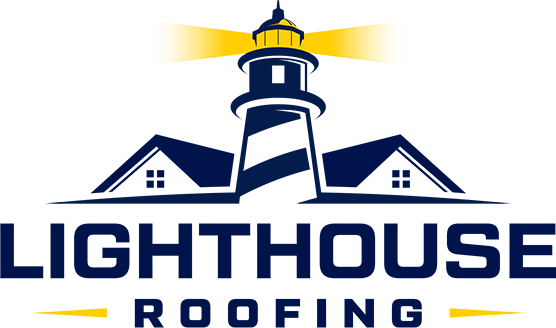The Corpus Christi Hurricane season spans from June 1 and ends November 30 each year which means that roofs need the strength to protect families and homes from extreme weather events. Scheduling regular professional roof inspections and roof maintenance with Lighthouse Roofing can help keep your roof storm-ready.
In this blog we're going to help you understand what professional roof inspections entail, what roof care homeowners may be able to DIY, and how preventive maintenance can help.
How Roof Inspections Save Money
It's easy to wait for visible roof damage before scheduling an inspection. However, this approach could cost you more money in the long run. According to the National Roofing Contractors Association, roof system maintenance is the single most important factor (after proper installation) for determining the lifespan and cost of a roof system.
In other words, you can save on the cost of a roof replacement through small-scale investments in roof inspections and maintenance. These preventive measures resolve minor issues before they become expensive problems.
What Roof Inspectors Look For
It's easy enough to spot a leak from your ceiling or a tree branch lodged in your roof, but what about the subtle clues? Roofers are trained to recognize small signs of potential roof damage that can appear years before major trouble starts. Identifying potential issues is especially important if your home has to withstand harsh weather throughout the year. Here are three elements of a typical roof inspection:
Structural Inspection: Are the "bones" of your roof in good health? Pros will pinpoint any roof sagging, uneven roof planes, leaning exterior walls, and sagging interior ceiling or rafters. They'll also check your gutter system, fascia, soffits, chimneys, vents, and skylights for signs of damage.
Surface Inspection: What does your roof's surface have to say? Signs of possible problems can include mossy or moist areas, damaged or missing fasteners and flashing. The inspection should involve a thorough review of the shingles to ensure that none are missing, cracked, or curling.
Interior Inspection: Your home's interior can offer clues about your roof's condition. Roofing contractors will check for proper roof ventilation, sagging or stained ceilings, and other signs of moisture in the attic or interior walls.
After the Inspection
After the inspection, the roofing professional will report the details of the inspection along with any recommendations for repairs, either verbally or in writing. Scheduling repairs sooner is almost always better than later—roof issues only grow bigger (and more costly) over time.
Frequency of Inspections
Once a year is a good rule of thumb for roof inspections. That said, you may schedule more depending on your location and the number of storms your roof weathers each year. For example, even if your inland coast home appears undamaged after a hurricane or tropical storm, a roof inspection might still be in order. Extreme winds and weather could let shingle lifting or small leaks go unnoticed without a professional inspection.
Safety is paramount, and leaving inspections to professionals prevents bodily injuries and/or accidental roof damage, as too much foot traffic could impact your shingles. If your roof is damaged from a storm, there are simple steps you can take to find a trustworthy contractor, initiate an insurance claim, and get your roof repair rolling.
How to Perform DIY Roof Maintenance
Even if you are not a licensed roof professional, you can still help maintain your roof between yearly inspections. Here are suggestions to keep your roof resilient:
Trim back trees that could damage the roof during a storm.
Remove leaves and debris to prevent moisture from collecting on the roof.
Schedule annual and post-storm inspections.
After weather events, visually inspect the roof safely from the ground.
Clear leaves and debris from the gutters.
Remember to only perform DIY roof upkeep if and when it's safe for you to do so!
How Roof Maintenance Can Help Insurance Claims
Keep copies of your roof inspections and roof maintenance records (both DIY and professionally provided). This might assist your insurance company in determining what damage was caused by the storm. Working with Lighthouse Roofing, we actually provide you with a full photo report for you to keep.
After a storm, a professional roof inspection is key before filing a roof insurance claim. Roofers are trained to identify issues that homeowners may not notice, helping to ensure your losses are accurately reported to your insurance company.
Need help with regular inspections or potential roof repairs? Contact us today to schedule your roof inspection & roof tune-up to be ready for the storm!
Lighthouse Roofing
10514 South Padre Island Drive #14
Corpus Christi, TX 78418
Office: 361-657-0091
www.lighthouseroofingcompany.com


